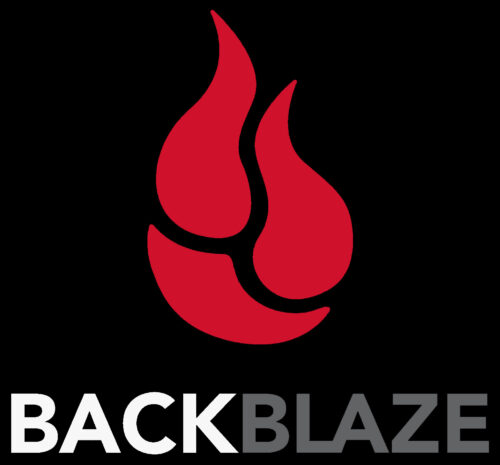Q: What Wi-Fi system is recommended to cover 1,000 users per month.
A: It’s not so much the users/month, but the maximum number of concurrent users, and the bandwidth of your internet connection that are limiting factors. Your available budget is also a factor.
For example, let’s say your internet bandwidth is 100Mb/s. If you have 100 concurrent users, that is 100Mb/s divided by 100 users, or 1Mb/s/user. That is barely adequate to maintain a connection.
So the first challenge is to have adequate internet bandwidth, based on the maximum number of concurrent connections, and how much minimum bandwidth you wish to allocate per connection. A good number to start with is 5Mb/s. This will allow a stable connection and tolerable browsing speed.
The next challenge is the maximum number of users connected to an access point. Consumer-level access points can typically manage from 10-50 concurrent connections. At some point, they will refuse any additional connections. Professional/Enterprise-level devices will be able to manage up to 250 concurrent connections.
However, even if you purchase a high-end unit capable of 250 concurrent connections, if the access-point is capable of a maximum of 1,300Mb/s throughput, that is 1,300/250 or 5.2Mb/s per connection. And that 1,300Mb/s rate is only available when the connected device is within a few feet. As the distance between the access point and the connected device increases, the available connection speed drops quickly. At an average distance of 100′, the average connection speed may drop to 1Mb/s.
The solution used for large conference halls, sports stadiums, (even Apple Stores) is to have many access points spread around the area, all connected via ethernet to a centralized router, each using the same SSID (Wi-Fi network name), operating as a wired mesh network. Have an adequate number of access points so that none are ever pushed near 50% capacity.
As an example, An Apple Store may have 20-30 Wi-Fi channels running on high-end Cisco Access Points to cover just one store.



